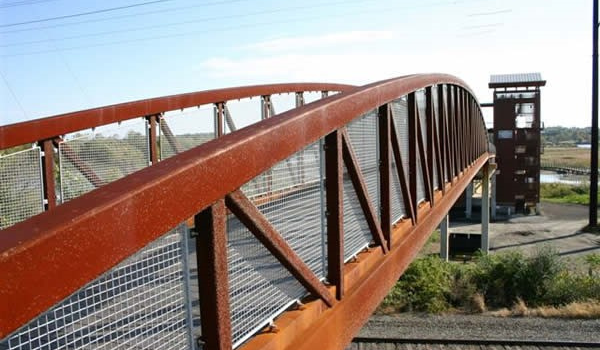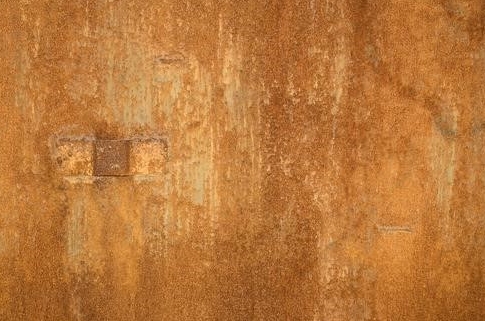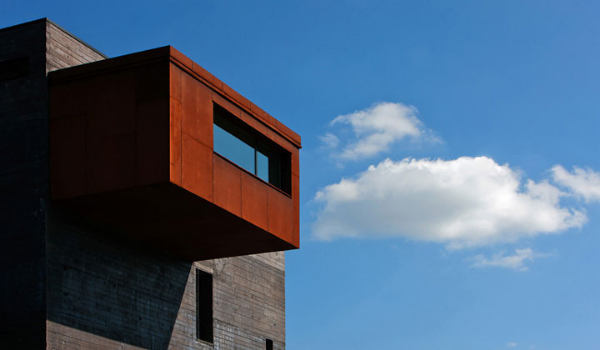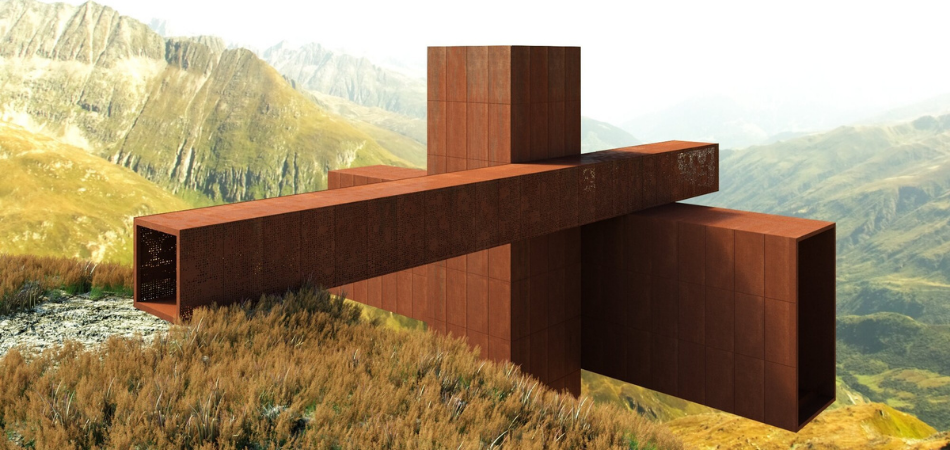Does Corten steel continue to rust? That is one of the most common questions attached to this type of steel also called weathering steel. It is characteristically corrosion-resistant but can rust when the right conditions are provided.
Yes, Corten steel has a greater tendency to rust if the conditions for rust are available. Although Corten steel patina readily protects the steel that serves as its base metal, it can continue to degenerate when used in a humid environment or when the patina is not properly formed.
In this case, there are rust spots that can deteriorate rapidly. However, Corten steel, when used in the right environmental and atmospheric conditions, can last for up to 100 years.
This article will provide insight into the nature of Corten steel, how it rusts; stops, or continues to rust, and how its rust can be advantageous. Also, you will know where not to use Corten steel and what not to do to control its rust
Contents
What is Corten Steel?
Corten steel is a generic trademark for weathering steel, a steel alloy that is commonly used in architectural buildings and outdoor sculptures due to its unique aesthetic rust properties and durability, under the right conditions. Corten steel, like some steel alloys, is susceptible to rust and corrosion. However, its surface corrosion is needed for its valued appearance and protection of the steel.

Corten steel was developed and named because of its combined unique properties of high corrosion resistance and tensile strength. It eliminates the need to paint metals to protect them from rust and corrosion. It is widely used in the construction of bridges, buildings, and many public structures, some of which are still standing, and others have been destroyed.
Its uniqueness is in the use of corrosion or rust patina to protect the steel from further corrosion and rust. Usually, Corten steel begins to form patina and rust after about 6 months of exposure to the atmosphere and condition for rust. The rust cover forms uniformly and protect the steel beneath it from rust as it continues to regenerate. Due to this, Corten steel can be used outdoors and last for hundreds of years.
How Does Corten Steel Rust?
Like every other steel and its alloy, Corten steel rusts when it is exposed to the atmosphere. The Iron it contains reacts with moisture and oxygen to form the reddish-brown patina (ferrous oxide) that covers its surface and serves as a protective layer for the steel mass beneath it. Under the right condition, that is low humidity, the patina is stable and regenerates, protecting the other layers of steel.

Corten steel begins to rust at about 6 months of exposure to the elements of weather. However, it can be sped up with chemicals, and the rust can appear within an hour.
Does Corten Steel Continue to Rust?
Under certain conditions, yes, Corten steel continues to rust. Ordinarily, Corten steel remains as it is since its stable patina protects it from further rust. However, in the presence of high humidity and high salt concentration, a water pool may form on the Corten steel and facilitate localized corrosion.
In areas close to seas, the air is usually saturated with salty moisture. This means, there is a double challenge for any structure made from Corten steel in that area. So was the case for the Aloha stadium built in Hawaii. Due to the high concentration of salt in the atmosphere of that area, the stadium used only 25 years.

The high humidity and salt concentration cause the patina formed to be unstable, hence it is easily washed off and the rust continues on the next layer of steel.
Benefits of Corten Steel Rust
Generally, Corten steel rust is beneficial in two areas – outdoor aesthetics and protection against further corrosion.
Outdoor Aesthetics
Manu sculptors use Corten steel to produce metallic artworks that have been standing for a long time. Some of them are iconic monuments – such as the Chicago Picasso sculpture and the Broken Obelisk by Barnett Newman. Others are architectural buildings – such as the Barclays Center in Brooklyn, New York, and the Broadcasting Tower at Leeds Beckett University, UK. These structures have their unique beauties from the patina the weathering steel used in their construction has formed.

Protection Against Corrosion
Although weathering steel rusts, it is highly corrosion-resistant. It protects the steel with the patina it forms on its surface. When the patina is formed under low humidity conditions, it becomes stable and remains on the steel structure’s surface, providing protection against the weather elements.
The steel beneath the patina does not have any interaction with moisture and oxygen, keeping it from getting rust.
How not to Prevent Corten Steel Rust?
Corten steel is self-protecting against rust. However, some people wish to prevent the initial rust that protects the underlying steel from forming. To achieve that, they paint the steel structure’s surface, hoping to discourage water from interacting with the Iron in the steel.
Unfortunately, Corten steel surfaces do not take paint well and will have some spots that are exposed to the atmosphere. These spots will form a patina and it may be unstable, causing further corrosion and consequently, a hole in the steel structure.
Final Thought
Corten steel is also known as weathering steel. It is used in sculptures and building constructions, and it provides aesthetic quality to the objects it is used for. It forms initial rust – patina – that protects the steel structure from further rust. However, in a humid subtropical region, the patina is unstable and the rust of Corten Steel continues.


